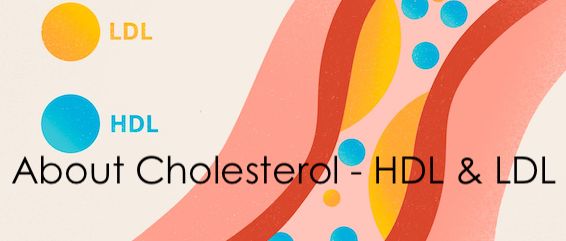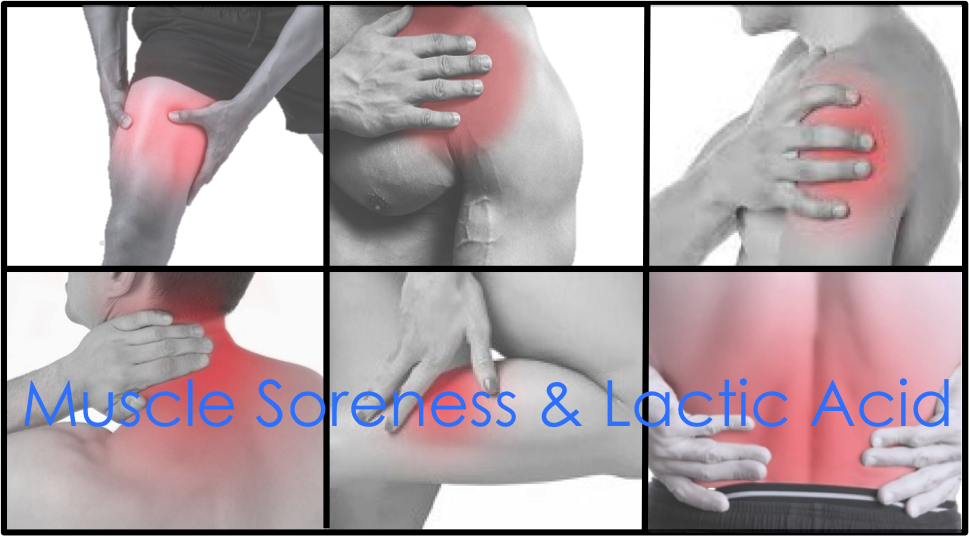Today’s post is about Cholesterol, or more specifically the types HDL and LDL.
Most people are unaware that there are different types of cholesterol. I have decided to explore this topic after a recent blood test and a discussion with my doctor.
First of all, what is cholesterol?
Cholesterol is a waxy substance, or type of fat, that is made by the liver and obtained through the diet. It can be found in the fats (lipids) in the blood. We need a small amount of blood cholesterol because it is essential in order for many processes in the body.
It is used to build the structure of cell membranes and make hormones like oestrogen, testosterone and adrenal hormones.
The body uses it to help with metabolism, produce vitamin D, as well as bile acids, which help the body digest fat and absorb important nutrients.
Many people worry about their cholesterol because high cholesterol levels in the blood can increase the risk of cardiovascular disease.
People are considered to have high cholesterol when certain levels are exceeded. High cholesterol levels are not a medical condition on their own. Also, there are different opinions on what is considered to be too high. It is important to remember that high cholesterol is just one of many risk factors for cardiovascular disease.
What is HDL and LDL?
Low-density lipoprotein (LDL) cholesterol – carries most of the cholesterol that is delivered to cells in the arteries. It is commonly called the ‘bad’ cholesterol.
When LDL levels in the bloodstream are high, it may collect in the vessel walls and contribute to plaque formation, known as atherosclerosis. This can lead to decreased blood flow to the heart muscle (coronary artery disease), leg muscles (peripheral artery disease), or abrupt closure of an artery in the heart or brain, leading to a heart attack or stroke.
High-density lipoprotein (HDL) cholesterol – is commonly called the ‘good’ cholesterol, because it helps remove excess cholesterol out of the cells, including cells in the arteries. It actually carries LDL cholesterol away from the arteries and back to the liver. There the LDL is broken down and passed from the body.
Having high HDL is linked to lower risk of heart disease, heart attack, and stroke. However, the HDL cholesterol doesn’t completely eliminate all the LDL cholesterol.
What makes up the cholesterol level?
The measured total cholesterol level is made up of LDL cholesterol, HDL cholesterol and 20% of triglycerides (another type of fat in the blood).
Cholesterol levels mainly depend on your genes and lifestyle.
Some people already have very high cholesterol as children because of their genes. This is known as familial or primary hypercholesterolemia. There are various types of this kind of problem, which sometimes poses a serious health risk.
Sometimes people’s cholesterol levels increase because of a medical condition they have, such as an under-active thyroid gland. Taking certain medications can also make a person’s cholesterol levels increase.
But in most people, cholesterol levels are mainly influenced by lifestyle factors such as diet and exercise habits.
To help your total cholesterol levels you can do a number of things, such as;
- Eat healthy fats like avocados and salmon to increase HDL levels
- Avoid trans fats found in fried foods and baked goods
- Limit consumption of animal fats
- Eat whole foods where possible
- Drink alcohol in moderation
- Lose excess weight
- Exercise regularly
- Quit smoking
- Know your family history
So, as with most things, a varied diet full of whole foods and exercise is essential to maintaining good cholesterol levels.
We hope you found this information interesting.
Till the next post,
Live clean n Prosper
Sources – National Library of Medicine – Harvard Health Publishing –Victor Chang Cardiac Research Institute –


